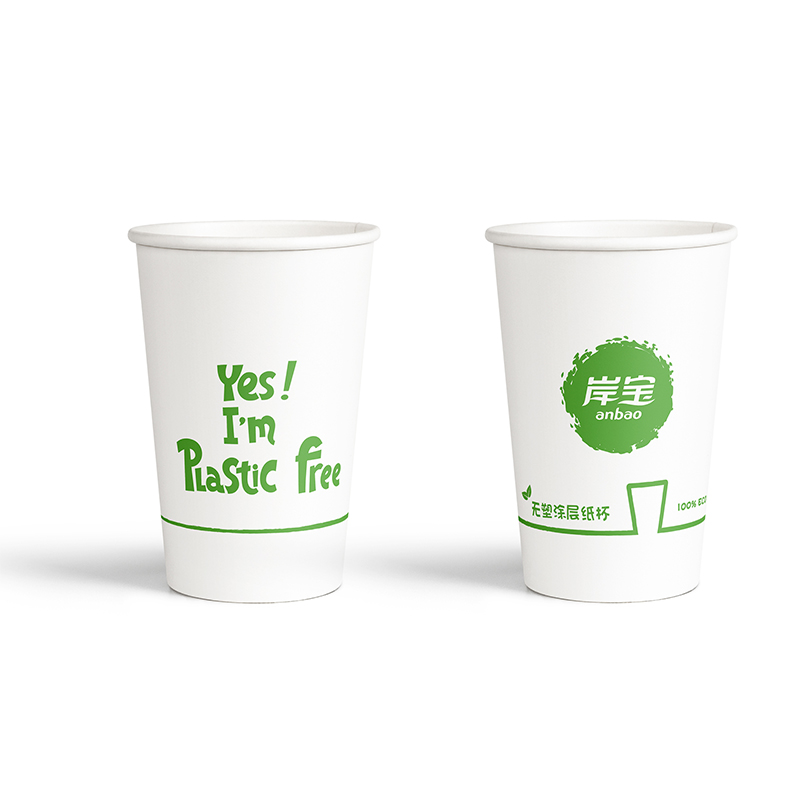
Paper cups are commonly used for drinks, both hot and cold, in various settings. While they are convenient and inexpensive, their safety for drinking hot liquids has been a subject of debate. In this article, we will explore the safety of paper cups for consuming hot drinks.
Paper cups are typically made from bleached or unbleached paperboard, which is coated with a thin layer of plastic on the inside. This plastic coating provides a barrier between the paper and the liquid, preventing leakage and maintaining the cup’s structural integrity. However, the plastic coating raises concerns about the potential migration of harmful chemicals into the hot liquid.
One of the main concerns with paper cups is the possibility of chemical leaching. When hot liquids come into contact with plastic, especially at high temperatures, there is a risk of the plastic chemicals transferring into the beverage. Bisphenol A (BPA) is a well-known plasticizer that has been linked to various health issues, such as reproductive problems, diabetes, and cancer. While many manufacturers have switched to BPA-free coatings, other chemicals, such as styrene and polyethylene, may still be present in the plastic lining.
To ensure the safety of paper cups, it is essential to use cups that are labeled as food-grade or have been tested and approved for use with hot beverages. Additionally, it is recommended to avoid leaving hot liquids in a paper cup for an extended period, as prolonged contact can increase the likelihood of chemical migration.
Furthermore, when handling hot paper cups, it is important to be cautious to avoid burns or scalding. The thin paper walls of the cup can transfer heat, making it necessary to use protective sleeves or double-cupping to prevent burns. Consumers should also be aware of the cup’s insulation properties, as paper cups may not provide the same level of heat retention as other materials, such as ceramic or stainless steel.
In recent years, the development of alternative materials and technologies has aimed to address these safety concerns. For instance, compostable and biodegradable paper cups, made from materials like cornstarch or bamboo, are gaining popularity. These cups are often advertised as being free from harmful chemicals, making them a potentially safer option.
Moreover, some companies have introduced paper cups with advanced insulation technology, which aims to keep hot drinks hot and cold drinks cold for longer periods without compromising on safety. These cups often include an additional layer or design that enhances insulation and reduces the risk of burns from holding the cup.
Paper cups can be safe for drinking hot liquids, but precautions should be taken to ensure their suitability and minimize potential risks. Using cups labeled as food-grade or approved for hot beverages and avoiding prolonged contact between hot liquids and the cup can help reduce the chances of chemical leaching. Additionally, being cautious when handling hot paper cups is crucial to prevent burns or scalding. As alternative materials and technologies continue to evolve, consumers have more options that provide both convenience and safety when enjoying their hot beverages.


